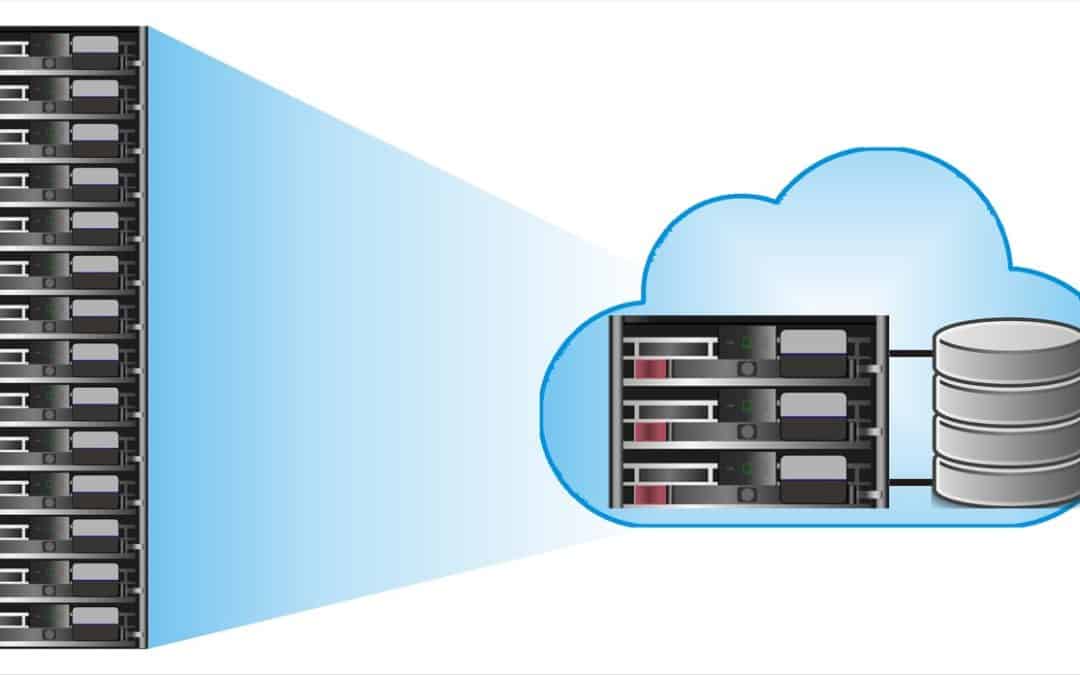In the changing era of big data where data generates revenue and run businesses it has become important to think about implementation of GPU technology. More and more businesses are replacing their only CPU based architecture to GPU server architecture. Reason for this shift is the requirement of high processing power needed to process and analyze the amount of data that is being generated today. GPUs are capable of handling computationally intensive tasks at a much higher rate and can take up the load of major tasks that CPUs are left to handle only main sequential processes enhancing the overall performance. It is quite some time that technologists have realized that these graphic processing units can also be applied to parallel computing problems.
GPUs today have become an essential part of High Performance Computing and fastest of Supercomputers are built with GPUs. The speed a GPU-compute system provides is reported to be multi-hundred folds in some cases. For example, a single NVIDIA HGX-2 system replaces 300 traditional CPU servers, for AI training applications, while it replaces 544 CPU servers for machine learning application – thereby saving space, cost, and energy in the data center. And the HGX-2 server is faster by 156X than the CPU based servers. A GPU has thousands of cores including Tensor Cores (Source NVIDIA), whereas CPU will typically be limited to 10 to 20 cores. If we assume having a Data Centre server with 2 to 4 GPUs per server, then you would see 20000 to 40000 cores per node per server – tremendous compute power in small form factor!
Irrespective of how powerful CPUs are, the average number of servers needed keeps climbing, reason being increase in workload and Data Sprawl. A painful reality in technology is the term ‘Data Sprawl’ that means high amount of data produced by enterprises worldwide every day. It is estimated that data sprawl is expected to increase by 40% with every year in a decade. One of the surveys of CXOs and IT Experts revealed that about two-third of CXOs are struggling with data sprawl across mobile devices, laptops, and in the cloud. Data sprawl results in increased number of server clusters. A cluster generally has 3 copies of the same data, and each separate cluster in turn will have further copies of same datasets thus worsening the problem of data sprawl. GPU computing is the possible solution for this data sprawl with increased computing power without requiring cluster servers.
GPUs can handle multiple data sources efficiently. Technologists and data scientists have started reconsidering the IT infrastructure to support high performance of computing. GPUs can take care of real time risk analytics for finance functions, recommendation engines for retail, smart grid infrastructure management in energy and can support BI tools on a fraction of hardware. GPUs not only handle the quantity of data but also the various types, sources, speed and other repositories in parallel. GPU servers are able to tackle data bandwidth, data management and other technology issues with enhanced speed and power of computing that comes as an advantage with GPU technology.
In this generation where multimedia is part of everything, from gaming to marketing to entertainment industry and where IP traffic has surpassed the zettabyte threshold, GPU technology has become ‘Need of the Day’. For processing and streaming high amount of content requires planning to scale up hardware capabilities. Broadcasting companies and content aggregators have started facing challenges in terms of cost and technology with increased digital data. Datacenters cannot keep adding traditional CPU servers to stay competitive keeping in mind the cost of requiring more space and power consumption.
GPU not only saves datacenter space but also proves to be a cost effective technology as it requires lesser power consumption. And less power consumption does not compromise on the quality of processing and analytical power a GPU technology provides; instead a GPU is capable of providing data processing ability of approximately 400 CPU servers. Hybrid CPU/GPU clusters will allow end users to take advantage of real time visualization on less specialized displays and speeding up decision making not affected by the geographical locations anymore, thus contributing to the cost effectiveness of this technology.
Thus GPU technology seems to be the only cost effective solution to scale up the computing power by the businesses and have limited server footprint in the datacenter. GPUONCLOUD is one such platform that facilitates parallel computing leveraging GPUs and provides access to GPUs capable of teraflops of performance, custom built platform and framework for Deep learning, 3D CAD design & modeling softwares, and accelerated gaming. Gain access to this special purpose built platforms, having AMD and NVidia GPU’s, featuring instant jumpstart GPU powered deep learning framework like TensorFlow, PyTorch, MXNet, TensorRT, and more!
For more details do visit https://gpuoncloud.com for a cost effective and faster go to market solutions.


